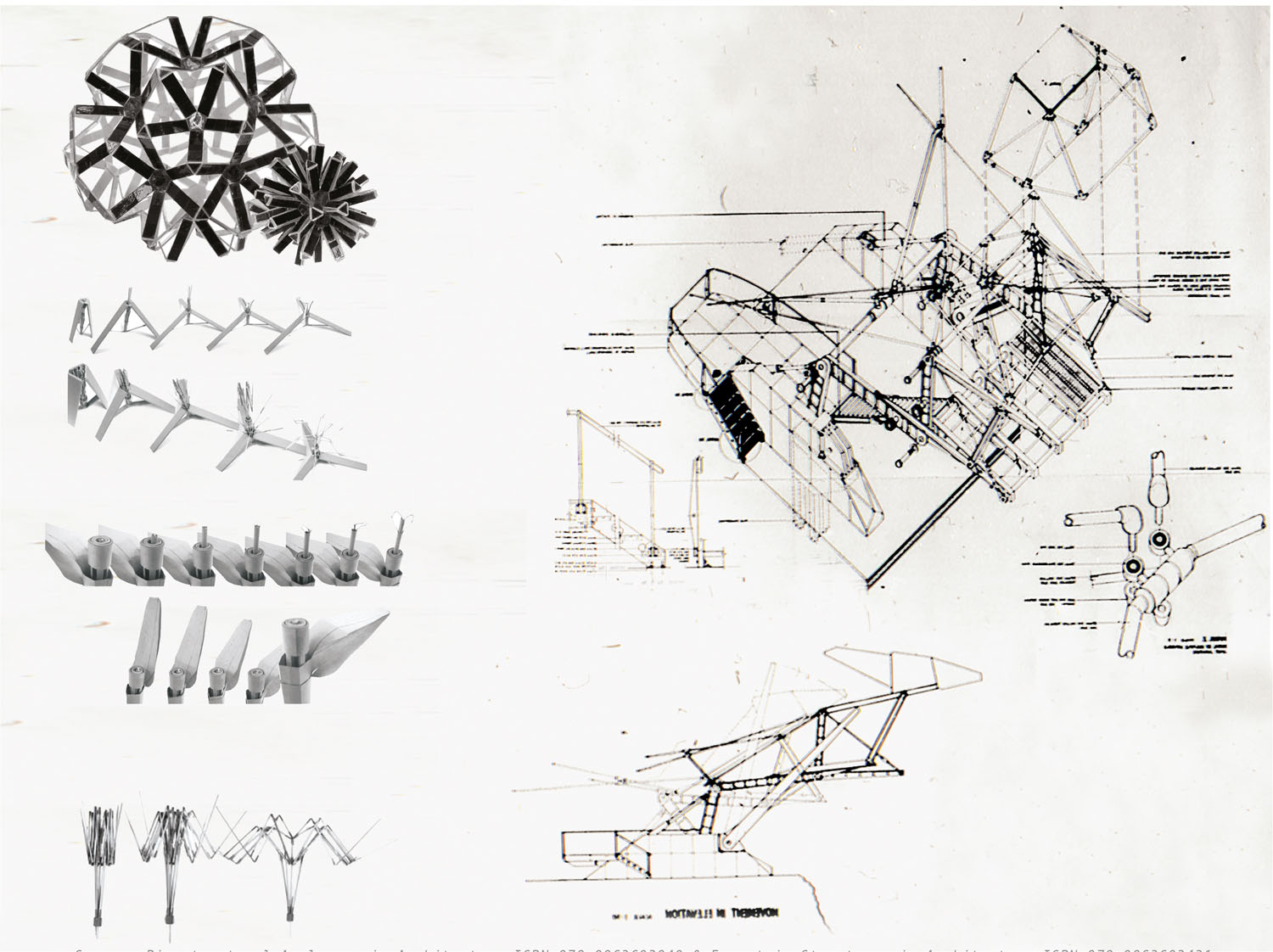Three decades ago, Ted Happold predicted future architecture to be determined by technological processes. Today, paradigm shifts in the planning and design of built environments affect design processes which move focus away from the object and into performance. Whilst unprecedented solutions are an outcome of performance based simulations and optional solutions may be generated at desired stages of the design process, a significant part of the iterative process and decision making involves subjective judgement. This subjectivity is not arbitrary but prioritizes design considerations and desired outcomes from key design objectives. For e.g. the ideal structure may not be possible when space requirements or site constraints compromise the best positions of column supports. So how do we develop this ability to internalize structural creation from within one’s imagination? This lifelong creative ability is the purpose of design learning. In conceiving of structure, one starts from the desired space in tandem with structure system. The learning of structures is not about applying engineering form. Understanding the diversion of load paths as a network of forces when composing a structure around a desired space requires an ability to feel forces as deforming agents in magnitude and direction.
This is a fundamental ability to compose structure instead of selecting an engineering type. To overcome the restriction to spatial (and formal) vocabulary by structural types, one needs to move away from building and look at nature itself. To understand how form follows force, how material patterns function as supporting systems and solve the problem of form on distributing material. Of interest to architecture are processes that articulate and maintain the form of natural systems which undergo dynamic changes in the environment. This implies that the structures of natural systems possess capabilities of adaptation with controlled dynamics. In structures, strategies are sought from nature for shape optimizing morphology to provide multiple load paths and for hierarchies capable of accommodating internal change to respond to changes in external conditions. Against this background of studying material systems and organizational structures are strategic lessons which change the way we think of structure and how it defines space in architecture.

